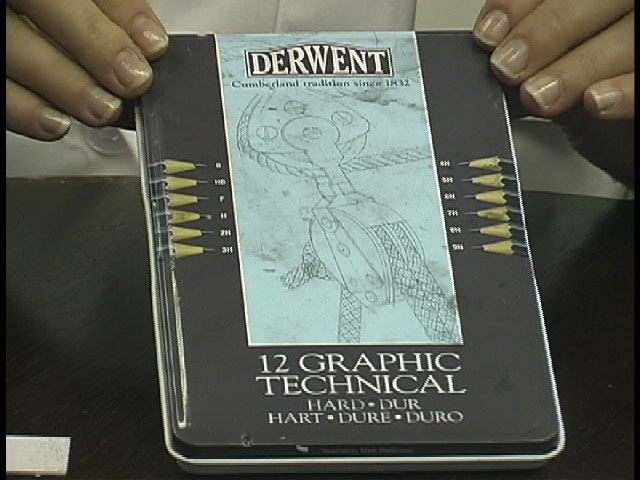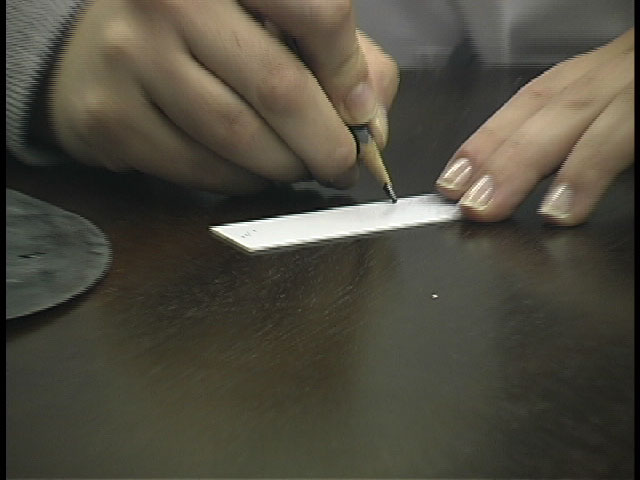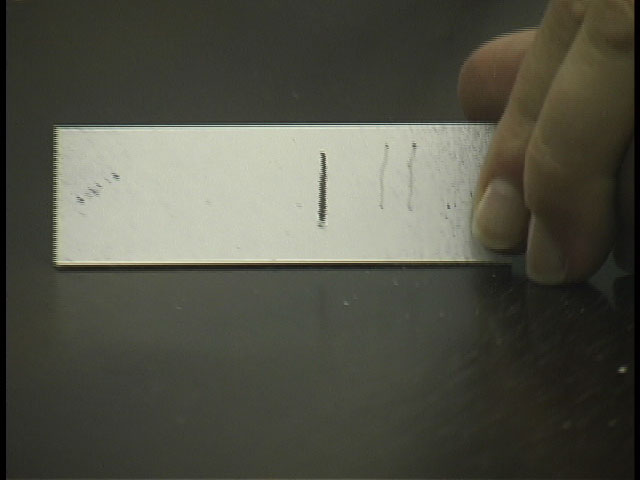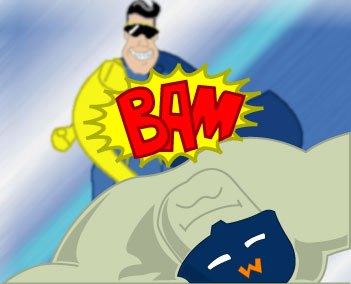 | written by:
Tiffany Vines
Tammy Loehrke
Jon Valasek |  | | 
The purpose of this activity is to: - test coating hardness by the pencil test.
- determine which coatings have the best and worst hardness property.
- compare hardness properties of coatings to other properties.
| |  - Coating samples in their original containers
- Glass slides
- Set of calibrated drawing leads or equivalent calibrated wood pencils
- Abrasive paper
| |  | 
Manufacturers provide instructions for the use of their products, and these instructions should be followed completely. Protective gloves and lab coats should be used when preparing and handling the glass slides with coatings, and safety glasses should be used at ALL times. | |  - Obtain one glass slide of each coating from your teacher. Record important information from the label on the container.
- A set of pencils with a hardness scale should be ready to use. Obtain your specified pencil or set of pencils from your teacher.
- Each of the lead pencils should have approximately 3/16 to 1/4 in. (5 to 6 mm) of wood removed from the point of each pencil.
- Holding the pencil at an angle of 90o (straight up and down) to the abrasive paper, rub the lead against the paper in only ONE direction until a flat, smooth and circular cross section is obtained, free of chips or nicks in the edge of the cross section.
- Place the coated panel on a level, firm, horizontal surface, such as the top of a lab table.
- Starting with the softest lead, hold the pencil against the film at a 45o angle (point the pencil away from yourself) and push the pencil lead across the slide away from yourself. Push down firmly and uniformly with enough pressure downward and forward so that one of two results occur: one, the pencil will cut or scratch the film, or two, the edge of the lead will crumble.
- Repeat the process up the hardness scale until a pencil is found that will scratch the coating or will cut through the film to the glass slide below. You can feel for scratches with your fingernail.
- Unless directed otherwise by your teacher, you are doing the scratch test. Scratch Hardness: at which hardness the coating is scratched.
- Report the endpoint as follows:
o Scratch Hardness – The hardest pencil that will NOT scratch the film. - Record the grade of lead or pencil used.
- Record any deviation from standard conditions, including roughness in the finish.
- Record all data and report your findings to the class as directed by your teacher.
| | 


| 
Obtain reported data from all of the other lab groups in your class as directed by your teacher. Compare and contrast the data. What conclusions can you draw from the data? Why is hardness important? Where would you use softer or harder coatings? Why?
Compare the results of the hardness test to other physical characteristics that you have already observed.
| |  | |





